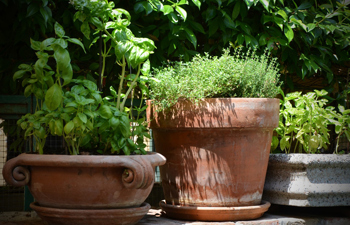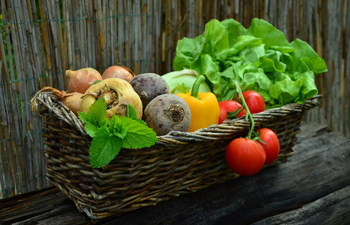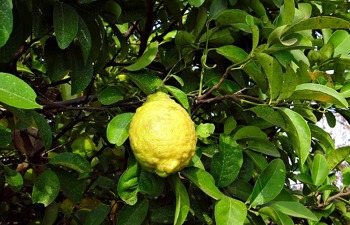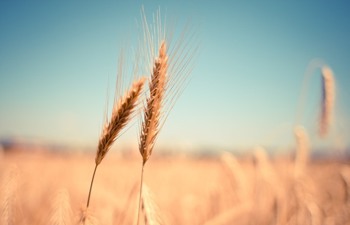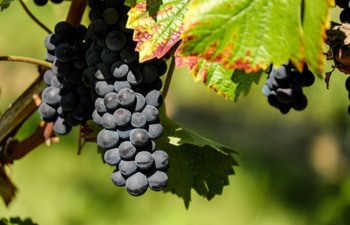Halachic Guides
List of Herbs - Classification as Trees or Vegetables vis-à-vis Kila'im
This comprehensive list of common herbs with English, Hebrew, and Latin names, categorizes them as trees or vegetables, to avoid kilei zera'im and kilei hakerem. Since different halachic guidelines govern kila’im for vegetables and trees, this is a valuable reference.
Mitzvot of the Land
Shehechiyanu: practical information
In today’s age, the concept of “seasonal fruit” is constantly changing. This article features a list of more than 100 common and rare fruits and vegetables and notes each one's halachic status. The list is current as of Tammuz 5778.
Mitzvot of the Land
Pesach: Guidelines for Feeding Animals
What do we do about pet food on Pesach? Does it need a hechsher? What about farmers? Comprehensive halachic guidelines on feeding animals during Pesach.
Around the Jewish Year
Netilat Lulav
Netilat lulav and etrog, nusach Sephard and Ashkenaz.
Around the Jewish Year
The arba minim through the lens of the land-dependent mitzvot: what to look out for when selecting your arba minim
Planning on buying a set of arba minim? Rabbi Ehud Achituv of Torah VeHa'aretz Institute sets things straight: what to look for when selecting your lulav, etrog, hadasim, and aravot.
Around the Jewish Year
Laws of Ma'aser Sheni
Redeeming Ma'aser sheni and deling with the coin in our days, is one of the most complicated act for people. In this article we will explain the main halachik guidelines.
Mitzvot of the Land
Kilei Zera’im
A short and practical halachic guide on the main laws pertaining to kilei zera'im, the forbidden interplanting of seeds, relevant to anyone with a home garden.
Mitzvot of the Land
Matanot Aniyim: Chapter 6: Laws of Chadash
A brief overview of the laws of chadash. Rabbi Eyal Ben David, updates by Rabbi Moshe Bloom
Hilchot Matanot Aniyim
Matanot Aniyim: Chapter 4: Laws of Peret
A brief overview of the laws of peret.
Hilchot Matanot Aniyim
Matanot Aniyim, Chapter 5: Laws of Ollelet
A brief overview of the laws of ollelet.
Hilchot Matanot Aniyim

